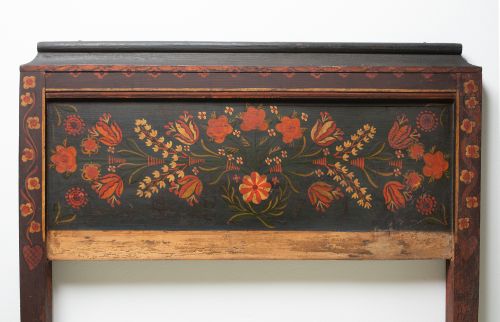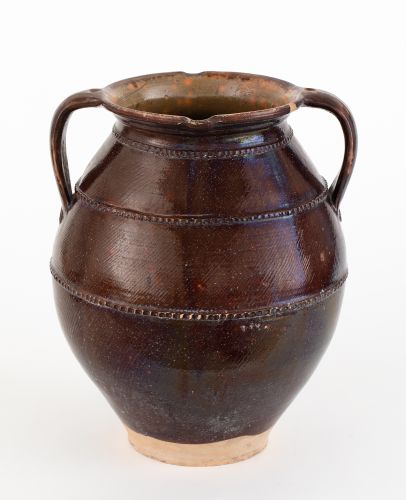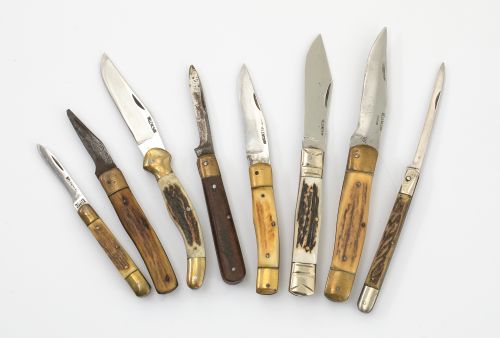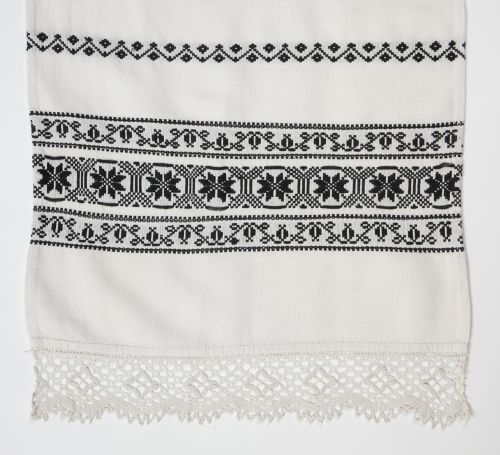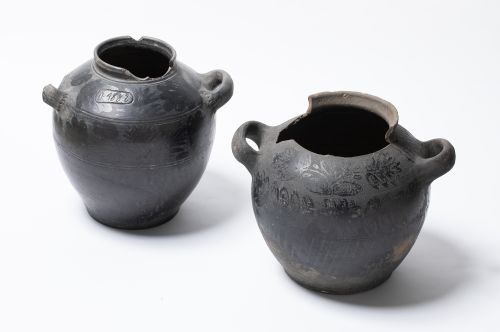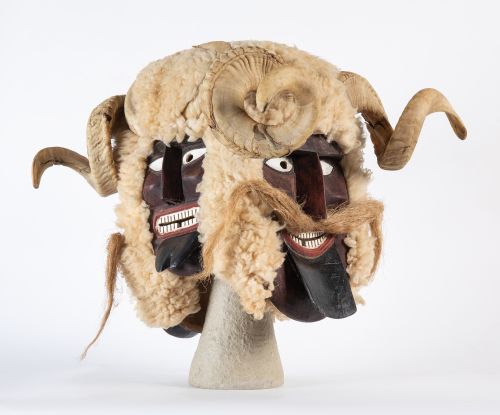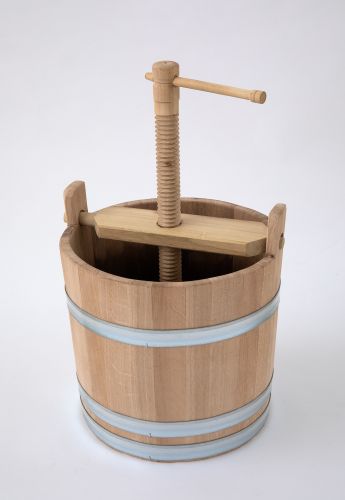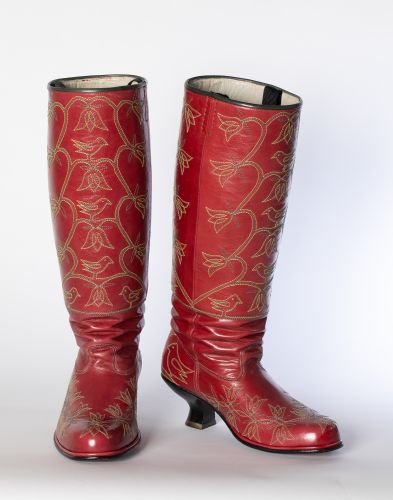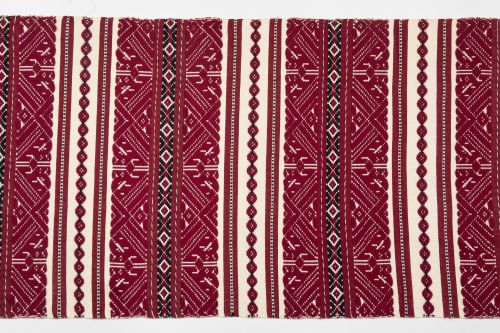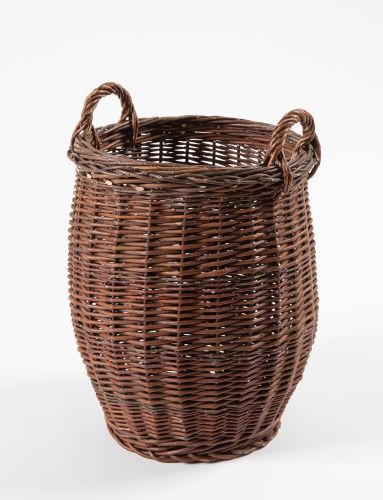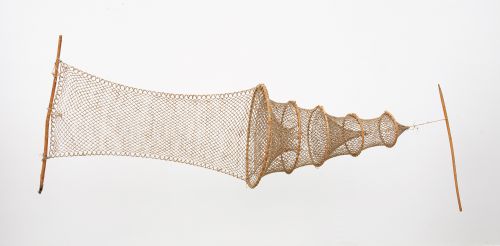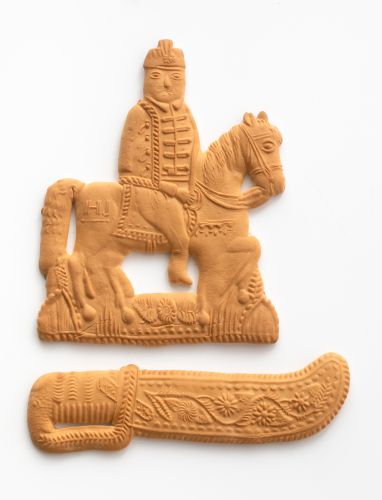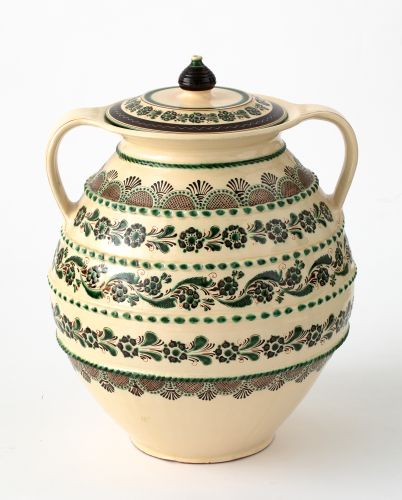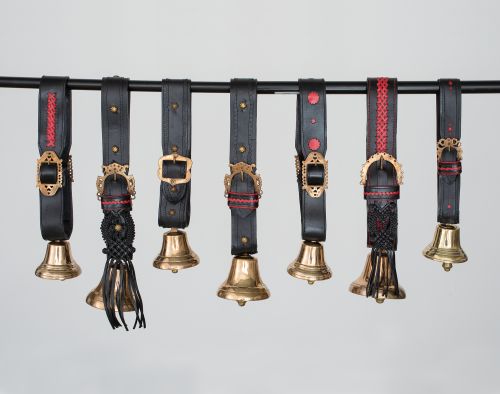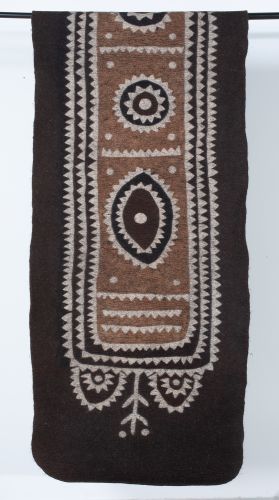The Lőrincz dynasty of weavers
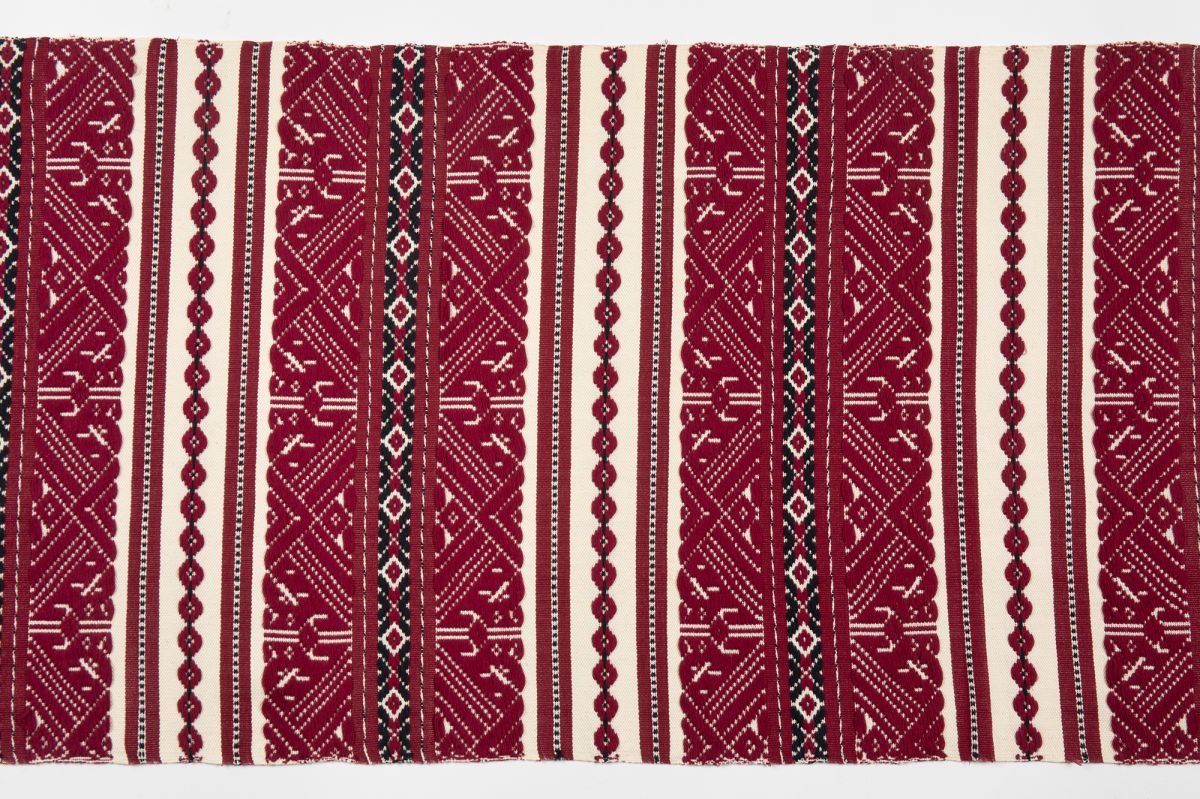
LŐRINCZ Aladárné MOLNÁR Vilma (1929–2019)
Wall hanging with woven ‘candle holder’ pattern / 1994
cotton folkweave with woven pattern
Photo: SULYOK Miklós
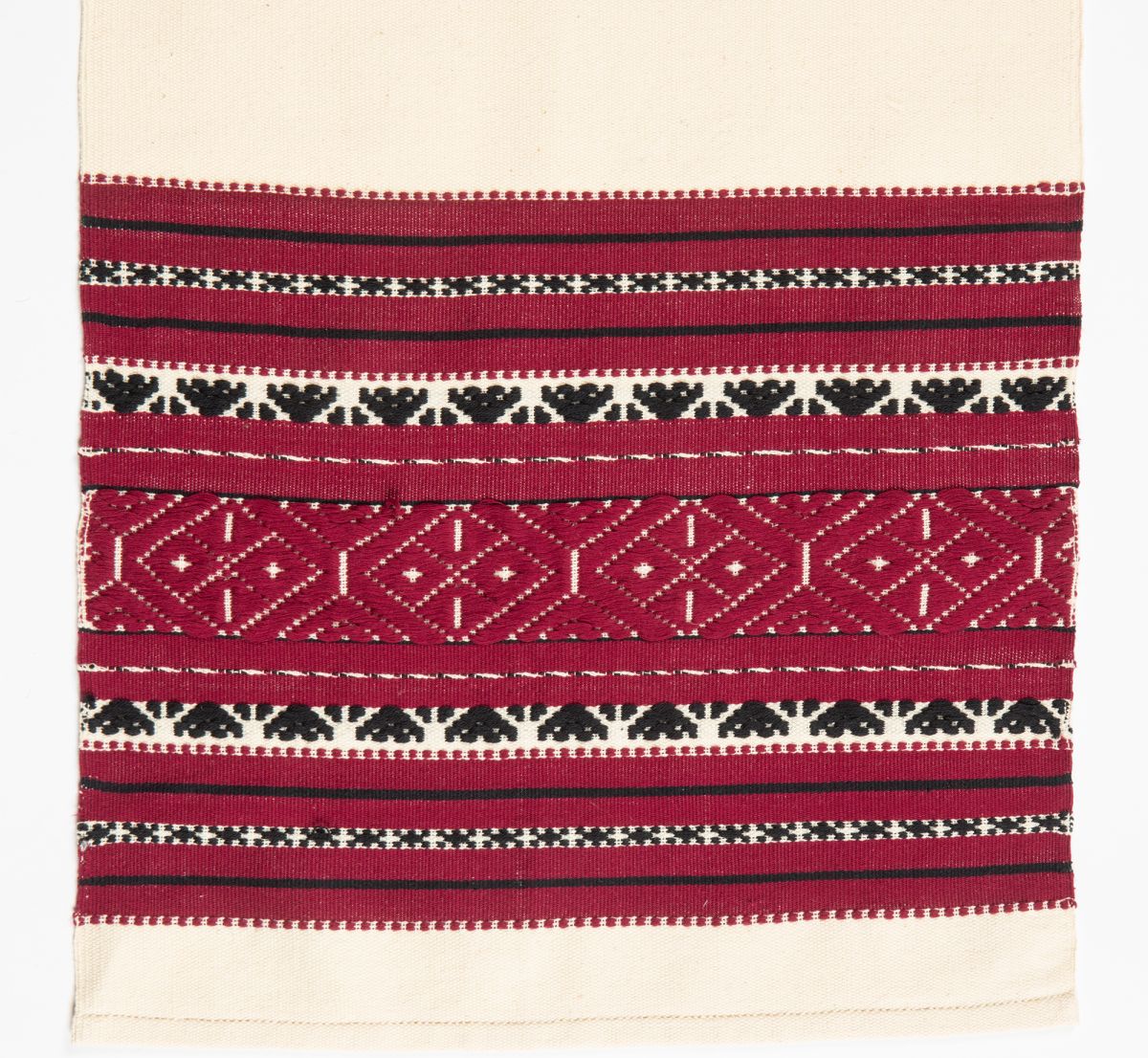
KONTÁR Noémi
Icon scarf / 2017
cotton folkweave with woven pattern
Photo: SULYOK Miklós
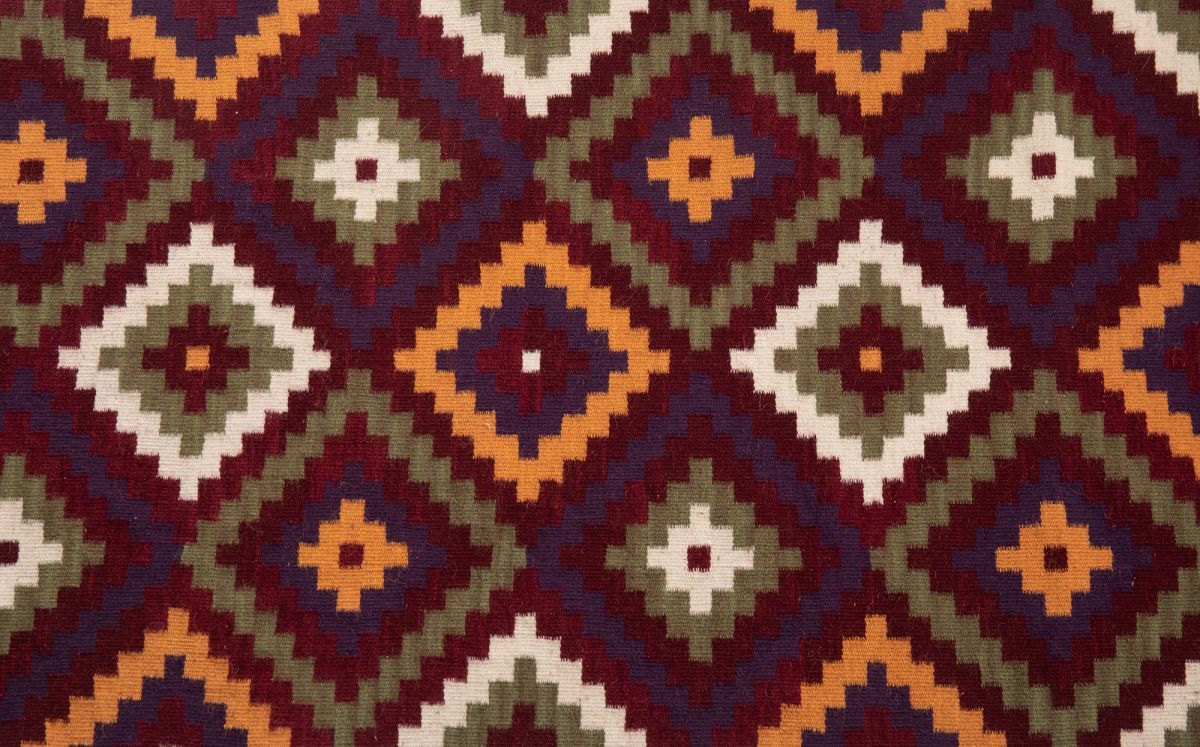
LŐRINCZ Etel
Rug with ‘small flower’ design / 2018
wool, kilim weaving
Photo: SULYOK Miklós
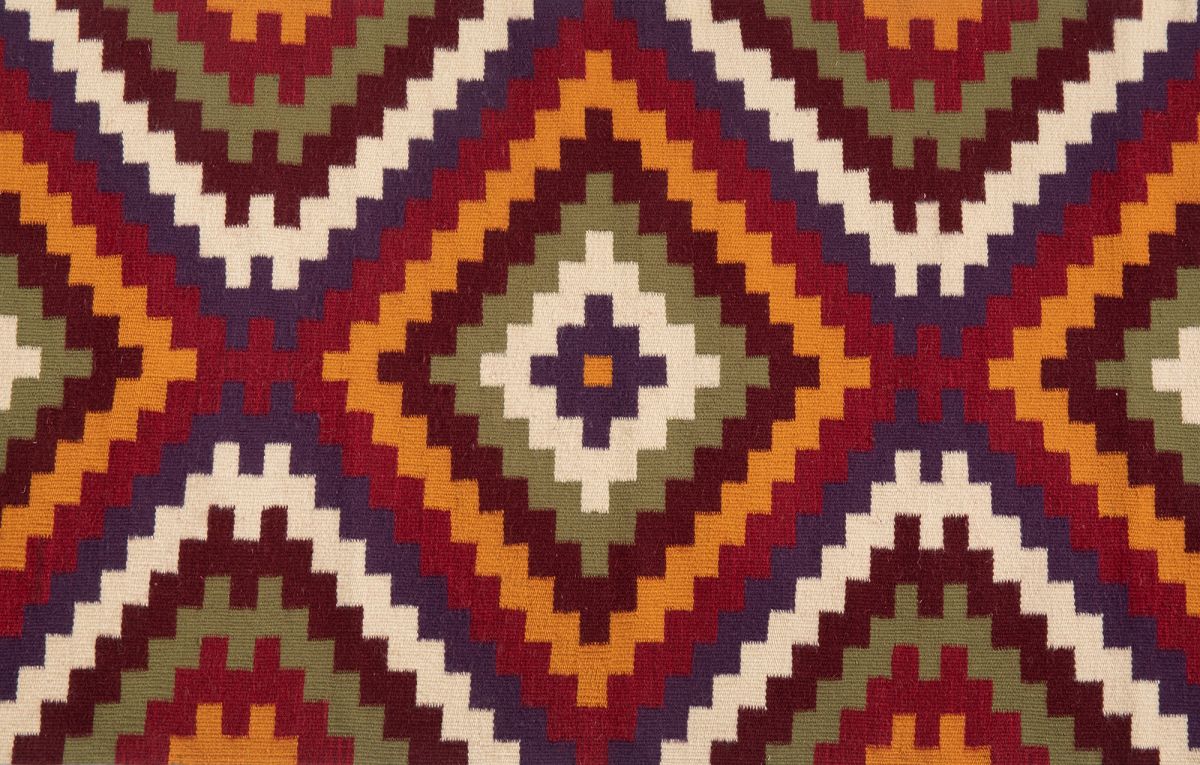
LŐRINCZ Etel
Rug with ‘big flower’ design / 2019
wool, kilim weaving
Photo: SULYOK Miklós
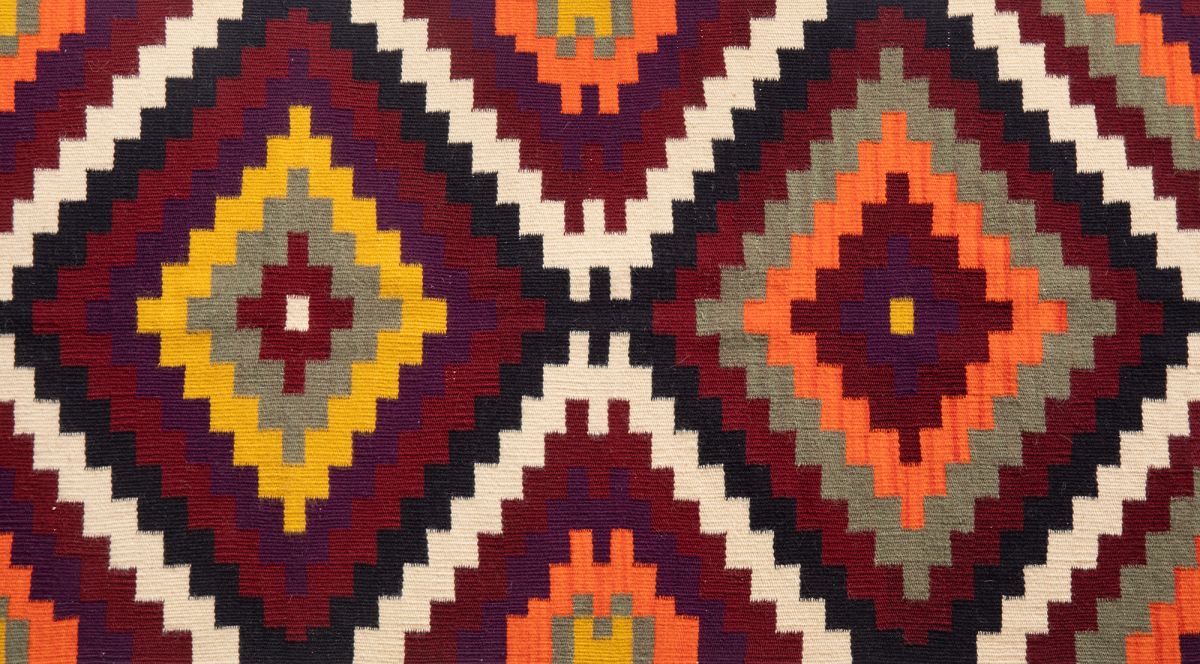
KONTÁR Veronika
Rug with ‘big flower’ design ‘for Saint Michael’s Horse’ / 2017
wool, kilim weaving
Photo: SULYOK Miklós

KÓNYA Lajosné LŐRINCZ Ilona
Embroidered cushion with ‘altar candle’ design / 2021
cotton, oblique cross-stitch embroidery
Photo: SULYOK Miklós
The lifestyle of the Bukovina Seklers, their habits, traditions, costume and material culture have been preserved in a distinct manner and enriched their folklore with unique features, resulting in what is presently termed the culture of the Seklers of Bukovina, which is alive even today complete with its many unique traits. At Istensegíts, like in other Sekler settlements throughout Bukovina, weaving and embroidery were womanly tasks. Their rich pattern heritage is still alive and being passed down to future generations. Anna László (Mrs. Márton Gáspár) taught her daughters and other talented youth the trade of weaving, including her goddaughter, Anna Szőts (Mrs. Vincel Molnár), who in turn instructed her own daughter, Vilma Molnár. Later on, Aladárné Lőrincz Vilma Molnár became a Gold Wreath laureate master of folk art and owe the preservation of Sekler woven and embroidery culture in the form of pattern collections to her. Alongside her children, Ilona Lőrincz and Etel Lőrincz, she tutored many others in her workshops. Ilona Lőrincz (Mrs. Lajos Kónya) became a master of female shirts and a unique form of cross-stitch. Etel Lőrincz is a Tree of Life laureate textile artist and a Master of Folk Art. Alongside her creative work, she teaches and promotes the traditions of Bukovinian textilecraft both in a formal educational framework and individual lectures. Of her four daughters Veronika Kontár and Noémi Kontár have carried on the trade.
The textiles of Bukovina Sekler homes are not mere homage to womanly skills, their role is more complex, as they carry symbols of important life events and commemorate festivals. “Altarpiece” and “Candlepiece” are common terms regarding needlework and woven fabrics. The long textiles used for framing icons are called “kendező or kendedző for images”. The “Sekler made bed” with the colourful fabric and the pillows was a true ornament of their homes. The “festékes” [‘painted piece’] was an important piece of the maidens’ dowry, as tradition required to have at least one piece of it present at celebrations and important occasions. During the wanderings of their forced exile, in the absence of churches, a “festékes” laid on the ground consecrated the site.
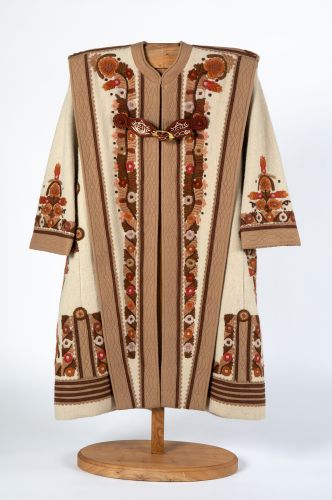
The Csibi family, peasant cloak embroiderers and makers
